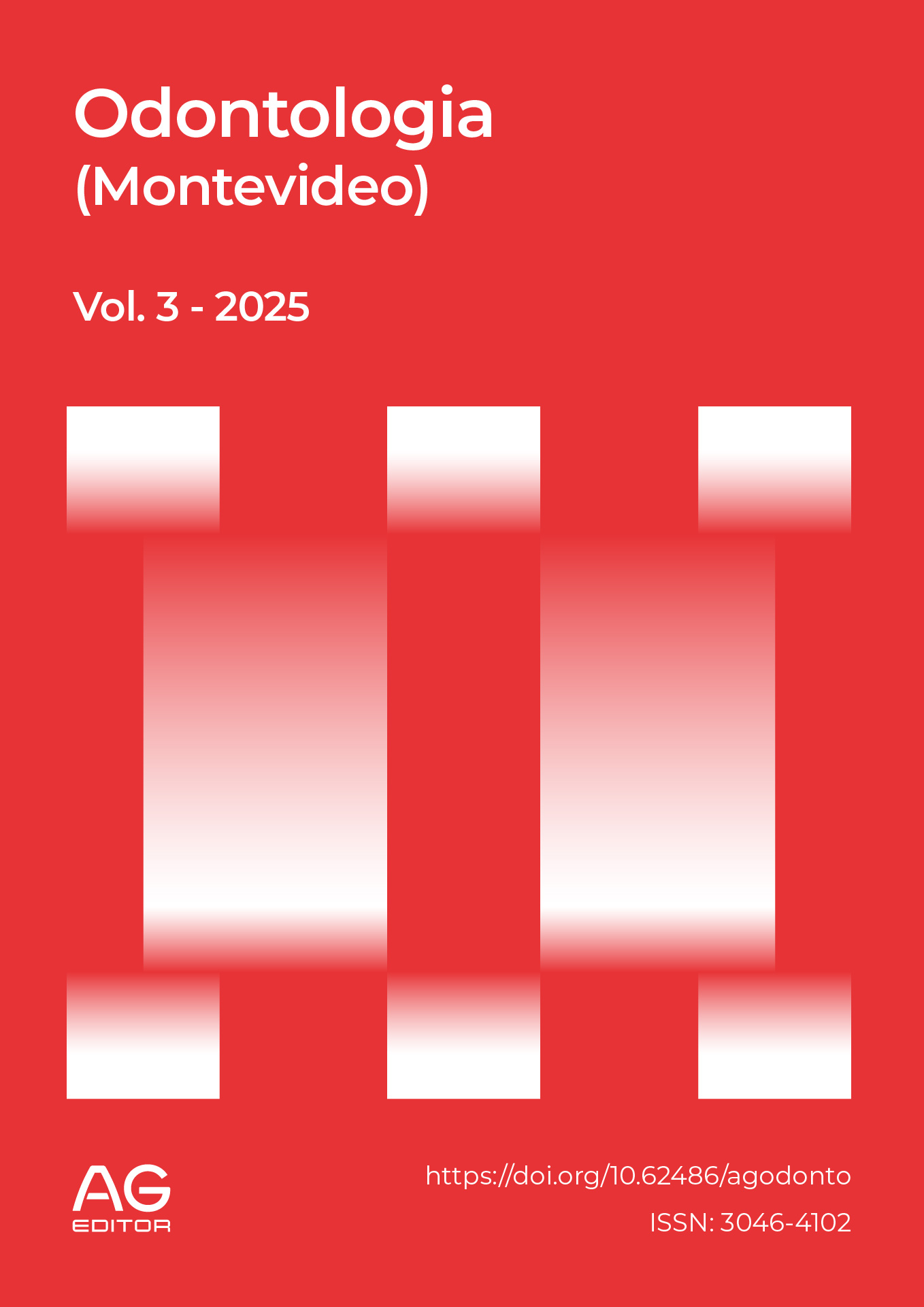Clinical Update on Oropharyngeal Candidiasis in HIV Patients
DOI:
https://doi.org/10.62486/agodonto2025193Keywords:
Candida albicans, HIV, oropharyngeal candidiasis, immunodeficiency, opportunistic diseaseAbstract
Introduction: Oropharyngeal candidiasis (OOP) is a candidiasis of the oral mucosa, which is caused by yeast species of the genus Candida spp. and develops in individuals with predisposing factors such as human immunodeficiency virus (HIV) infection. Objectives: Update the clinical presentation of COF in HIV-infected individuals. Material and methods: A descriptive and retrospective bibliographic review of documents published by scientific societies that describe the current clinical approach to diagnosis will be carried out. For the bibliographic search, works published in recent years will be included and several documentary sources will be reviewed considering the keywords, to identify relevant and pertinent scientific articles in English and Spanish pages, in different databases such as: PubMed, Elsevier, NCBI, Google Scholar, medical bibliography and clinical practice guides will also be attached. Results: OFC presents clinically in a variety of ways, pseudomembranous, hypertrophic, erythematous and as angular cheilitis, although when the patient is assisted it is common to find mucosal lesions that are observed as whitish areas and erythema in the oropharyngeal region. Conclusions: It is important to consider its relationship with HIV infection, since it may be the first opportunistic manifestation in an individual who is unaware of his or her infection status.
References
Shekatkar M, Kheur S, Gupta AA, Arora A, Thirumal Raj A, Patil S, Khan SS, Desai A, Carroll WB, Awan KH.
Azocar PB, Marín EP, Abaca CP, Gallardo CC, Cantin López M. Asociación de LT-CD4 y carga viral con candidiasis bucal en paciente VIH/SIDA. Rev Cubana Estomatol. 2009;46(4):16-22.
Suzanne E, Ohmit SE, Sobel JD, Schuman P, Duerr A, Mayer K, et al. Risk factors for secondary transmission of human immunodeficiency virus infection in heterosexual couples. J Infect Dis. 2003 Jul 1;188(1):118-27.
Prieto Santa Anna LM, et al. Candidiasis oral en pacientes seropositivos al VIH y casos SIDA: aspectos clínicos, micológicos y terapéuticos. Rev Cubana Med Trop [Internet]. 2006 [citado 2025 Abr 2];58(3). Disponible en: https://revmedtrop.sld.cu
Taylor M, Brizuela M, Raja A. Candidiasis oral [Internet]. En: StatPearls. Treasure Island (FL): StatPearls Publishing; 2024 Ene– [actualizado 2023 Jul 4; citado 2025 Abr 2]. Disponible en: https://www.ncbi.nlm.nih.gov/books/NBK539741/
Kirti YK. Prevalence of Oral Candidiasis in Indian HIV Sero-Positive Patients with CD4+ Cell Count Correlation. Indian J Otolaryngol Head Neck Surg. 2019 Mar;71(1):124-7.
World Health Organization. VIH/SIDA [Internet]. 2024 Ago 18 [citado 2025 Abr 2]. Disponible en: https://www.who.int/es/news-room/fact-sheets/detail/hiv-aids
Oral candidiasis in human immunodeficiency virus-infected patients under highly active antiretroviral therapy. Dis Mon. 2021 Sep;67(9):101169.
Una revisión sistemática y metanálisis. Microb Pathog. 2021 Ene;150:104720.
Published
Issue
Section
License
Copyright (c) 2025 Joaquin Edgardo Torres , Virginia Marta Jewtuchowicz (Author)

This work is licensed under a Creative Commons Attribution 4.0 International License.
The article is distributed under the Creative Commons Attribution 4.0 License. Unless otherwise stated, associated published material is distributed under the same licence.





